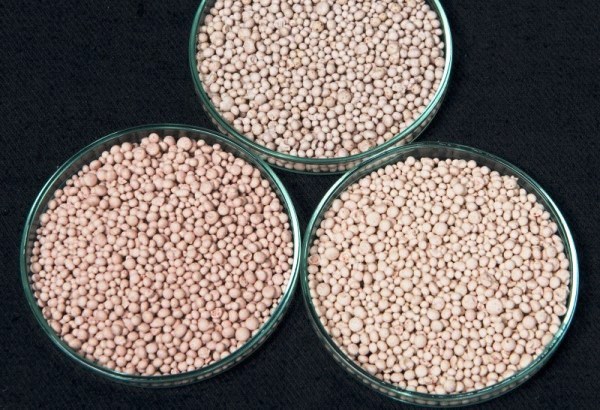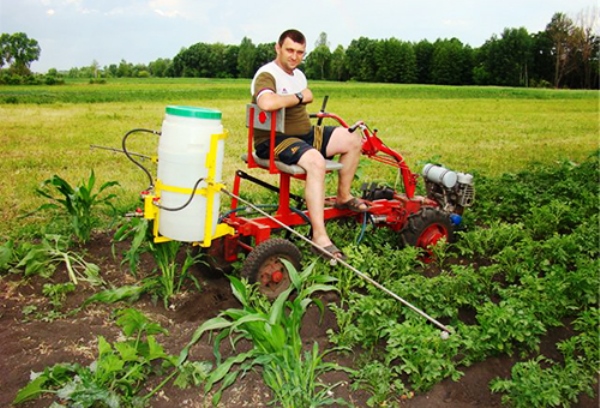How to apply Azofosku fertilizer for potatoes?
The role of mineral fertilizers in growing a good harvest of potatoes can hardly be overestimated. One of the most popular and effective among them is azofoska, which contains elements irreplaceable for the growth of culture: phosphorus, nitrogen, potassium and sulfur. Below, it will be discussed in detail how to apply Azofosku fertilizer for potatoes.
Appointment
Due to its perfectly balanced composition, Azofosk is able to fully meet the nutritional needs of growing potatoes. This helps to increase the strength of the root system and activate growth in general. The general strengthening effect of the fertilizer makes the bushes more resistant to various adverse weather conditions, such as frost or drought. After using Azophoska, which is convenient to apply both as the main and as an additional fertilizer, the potato gains protection from many diseases. Thanks to this, the final yield is significantly increased, and the minerals obtained from the fertilizing increase the nutritional value of the tubers. Another useful feature of azofoska is the ability to increase the shelf life of the final product - this will prevent potatoes from rotting. Applying it once, you can get nourished soil for a long time, because Azophoska is practically not affected by atmospheric precipitation and is preserved by the soil for a long time.
In addition to the positive effect on planting, the azofoska for potatoes is incredibly convenient to use, completely soluble in water, and the granules do not stick together during storage. However, it is important to remember that the period during which the drug retains its properties is rather short, and therefore it makes no sense to stock up on Azophos for a long time. Another negative point that manifests itself during its use is the formation of nitrates in the treated soil. Also, do not forget that, despite its enormous usefulness for potatoes, azophoska belongs to the third class of hazard, and therefore a person should handle it carefully and observe the recommended storage conditions in order to avoid ignition.
Application
The fertilizer has gained particular recognition due to its versatility. Azofoska for potatoes is effectively used on any kind of soil. Despite this, there are specific recommendations for each species separately. Sod-podzolic soil necessitates fertilization in the spring, since autumn application will be less effective. Chernozem will equally accept both one-time and fractional application of azophoska for potatoes, and irrigation on chestnut soils and gray soil will improve the quality of application.
It is very important to correctly determine the timing and amount of azophoska application for the yield of the site. It is usually advised to apply fertilizer at the rate of 20 g per 1 m2. To increase the efficiency of nutrition, it is advisable to lay up to 4 g of azophoska in each well during planting.
Azofoska can also be used for foliar application, for seasonal dressing. In the latter case, it is used in small doses, dissolving up to 2 tablespoons in 10 liters of water. With autumn and summer dressing, it is also possible to use the fertilizer in undiluted form, but only with high soil moisture. In both cases, contact of the preparation with the roots of potato bushes should be minimized.
The only difference between them is the presence of a certain amount of sulfur in the latter. Despite this, their effects on potatoes are the same. But a drug with a similar name "nitroammophos" differs significantly from the listed fertilizers, since it does not contain potassium. This limits the scope of its use. When choosing a mineral fertilizer, it is worthwhile to show increased attention and not to confuse these seemingly similar preparations.
Another good fertilizer that can replace Azophoska is Ammofoska. In addition to the main elements, it also contains sulfur. Magnesium is an additional component. A distinctive feature of the drug is the ability to use it indoors. Nitrophoska, unlike its counterparts, does not contain sulfur and is easily washed out of the soil, and therefore cannot boast of a duration of action.
Video "Mineral fertilizers for root and foliar feeding"
The video tells about the types of mineral fertilizers, their purpose and application features.




